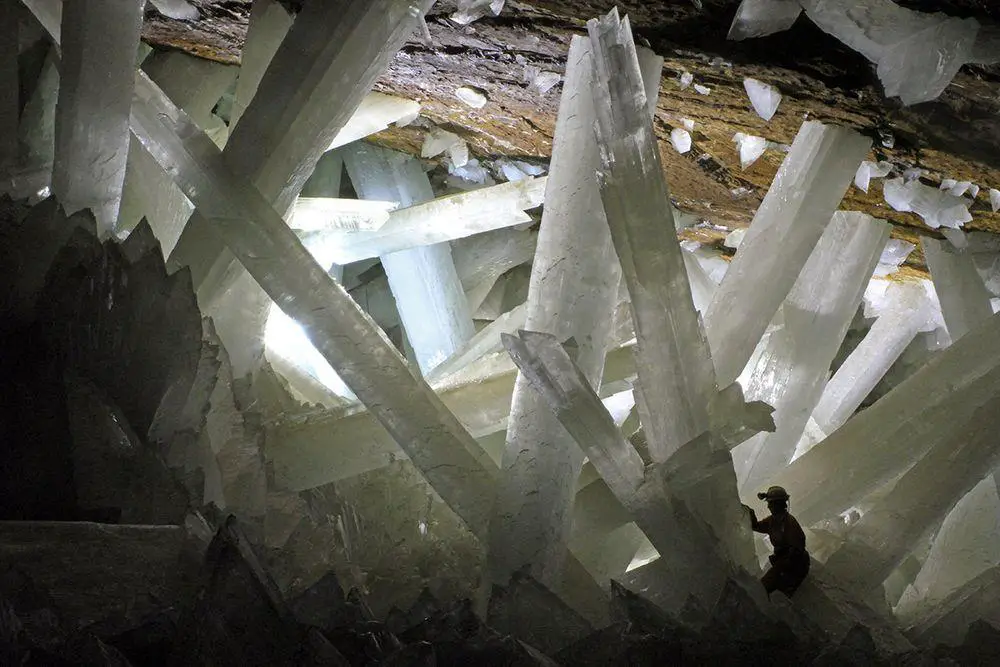World 🢖 Antarctic and Sub-antarctic region 🢖 Antarctica
Lakes and streams 🢔 Geological wonders 🢔 Categories of wonders
Wonder
Lake Bonney – lake in Antarctica with laughing gas
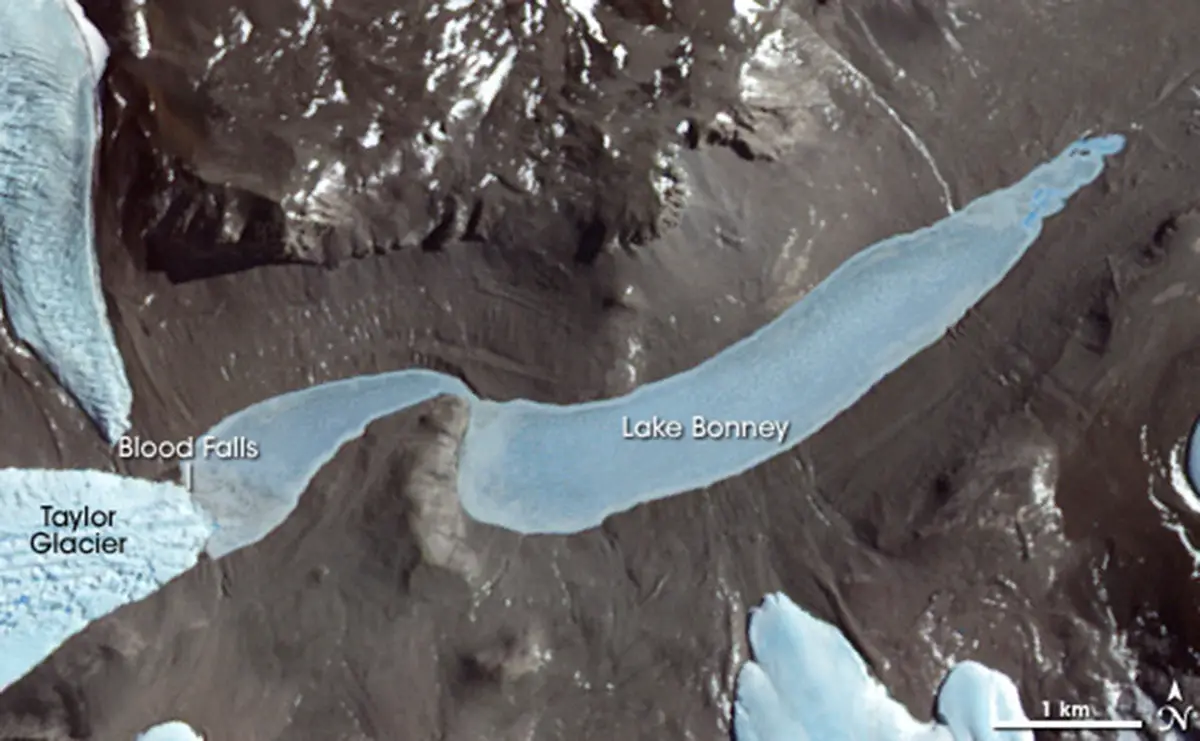
 In short
In short
McMurdo Dry Valleys in Antarctica are rich with very unusual landmarks – almost everything in this extreme environment is unique. Lake Bonney – one of the few liquid lakes in Antarctica – is one of such unusual landmarks. Nowhere else on Earth there is known a natural place where the "laughing gas" (nitrous oxide) is found in such high concentration.
 38.0%
38.0%
GPS coordinates
Location, address
Area
Map of the site
If you see this after your page is loaded completely, leafletJS files are missing.
 In detail
In detail
McMurdo Dry Valleys
Just a few locations in Antarctica are not covered with ice and are flat and large enough to have streams and lakes.
The largest ice-free region in Antarctica is McMurdo Dry Valleys. This region is some 4,800 km² large and is one of the driest places on Earth. Katabatic winds which "fall down" from the vast ice plains of Antarctica are working like a giant hairdryer and due to this, the valleys have almost no life. Here is just dry gravel and cliffs. This landscape is similar to a landscape of other, lifeless planets.
These extreme conditions have created unusual natural landmarks, such as lakes with unique chemical compositions.
Description of Lake Bonney
History of exploration
Humans reached Lake Bonney during the British Antarctic Expedition of 1901-1904 (Discovery Expedition). The next expedition named the lake after geology professor at the University College London, Thomas George Bonney.
US National Science Foundation started the long-term research of the lakes in McMurdo Valleys in 1993. This research – Long-Term Ecosystem Research Programme – has brought rich material about these exotic ecosystems.
In 2008 and 2009 the lake was explored by submersible robot ENDURANCE. This project was financed by NASA in order to prepare for the exploration of objects elsewhere in space, for example – in the ocean on Jupiter’s moon Europa.
Size and location
Lake Bonney is fairly large: some 7 km long and up to 0.9 km wide. It is located 57 – 60 m above sea level.
Due to the harsh Antarctic climate Lake Bonney is permanently covered with 3.7 – 4.5 m thick ice. Less than 5% of sunlight is passing through the ice – thus the lake is in eternal darkness or almost darkness. Only in summer, there may open a narrow moat in the ice.
As the lake is permanently covered with ice, the water here is not mixed by the wind. Streams in the lake are very weak as well. Calculations show that the retention time (full water exchange time) exceeds 50 thousand years.
Narrow, approximately 50 m wide and 12 – 13 m deep chasm divides the lake into two parts: the western and the eastern lobes. Each of the lobes is up to 40 m deep and they have very distinct chemical and biological properties.
The lake water is deprived of nutrients – there is an extreme phosphorus deficiency. Nevertheless in the deeper parts of the lake live microorganisms – cyanobacteria, proteobacteria, algae, also ciliates.
Level of the lake changes. Thus, in the time period between 1903 and 1970, it increased by 12 m. At some times the lake was divided into two parts. Each of these parts evolved separately and now has different geochemical and biological properties. Later, when the upper layer of the water was added, it did not mix with the "original" lakes. Thus we have here two separate lakes which by occasion have been united by a top layer of "fresh" water which one day again may disappear.
Western lobe
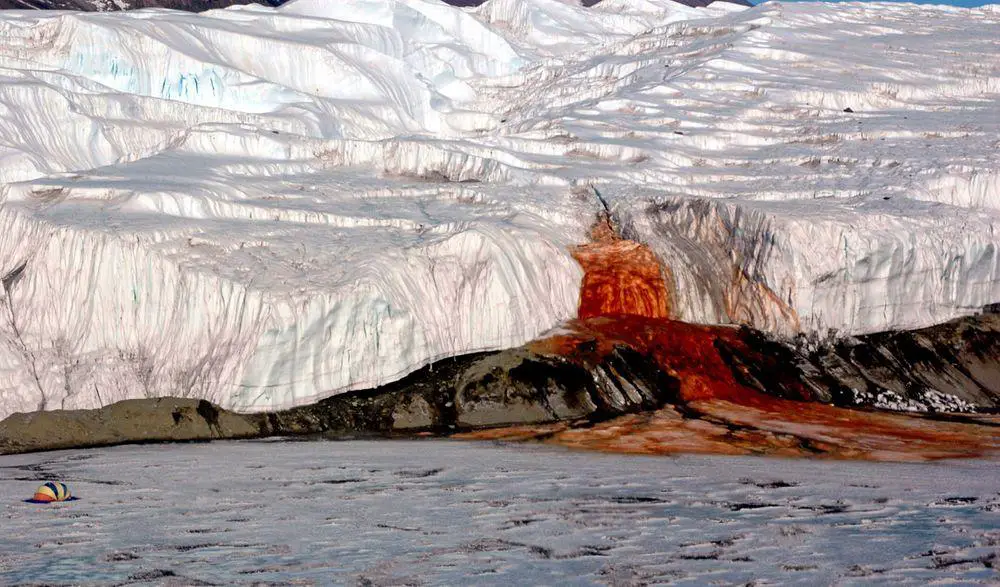
The western part of the lake is smaller (1 – 2.1 km² – the area changes due to the movements of Taylor Glacier) and is located at the end of Taylor Glacier.
Here the lake meets another very unusual natural landmark: orange-colored icefall or spring – Blood Falls. This spring is an opening into an unusual ecosystem below Taylor Glacier, which for more than one million years does not have contact with the outside world.
Chemocline – the border between the less mineralized upper layer of the lake and hypersaline deeper part of the lake – here is at the depth of some 15 m. Below the chemocline the water is not just very salty: it contains also dissolved dimethylsulfide ((CH3)2S). This substance is fairly common: for example, it causes the smell of decaying algae at the sea. Nevertheless, the extremely high concentration of dimethylsulfide in the western lobe of Lake Bonney is nearly unique in the world.
Eastern lobe
Eastern lobe is larger than the western: it is 3.3 – 3.8 km² large. Here the chemocline is located deeper, at the depth of some 20 meters.
This part of the lake is oversaturated with N2O – nitrous oxide is known also as "laughing gas". The concentration of this gas in the lobe below the chemocline exceeds the normal concentration of N2O 5,800 times. Nowhere on Earth, it has been found in such amount.
Even above the ice of the lake the concentration of N2O is 45% higher than usual because the gas seeps through the ice in the atmosphere. A sudden release of this gas in large amounts can put us in danger – it has a good ability to eliminate the layer of stratospheric ozone above the Earth.
This lobe contains also record-high concentration of dimethylsulfoxide ((CH3)2S0) which creates garlic taste on the skin but is not toxic.
References
- John C. Priscu, Malcolm T. Downes, Christopher P. McKay, Extreme Supersaturation of Nitrous Oxide in a Poorly Ventilated Antarctic Lake. Limnology and Oceanography, 1996, 1544-1551
Lake Bonney is included in the following list:
 Linked articles
Linked articles
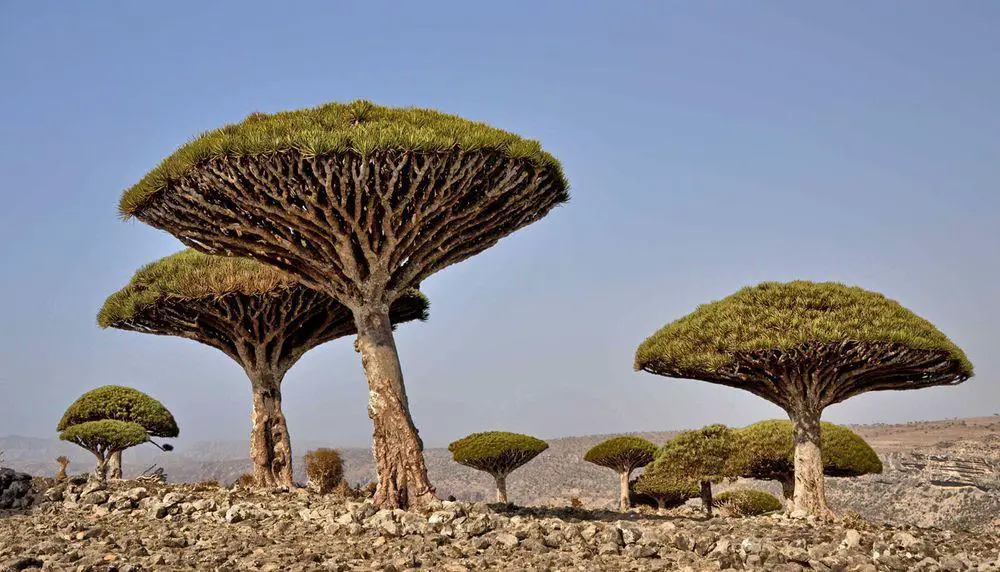
Ecosystems
Biotope is a rather small area with uniform environmental conditions and a specific community of life. Wondermondo describes biotopes and ecosystems which have striking looks, look very beautiful, or have other unusual characteristics.
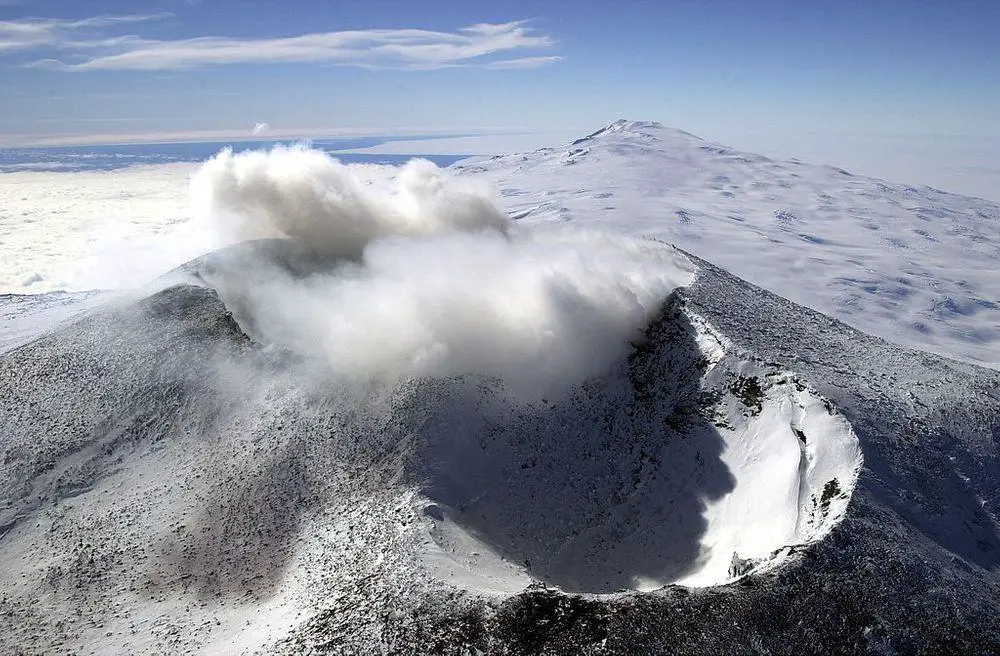
Wonders of Antarctica
Antarctica is an unusual continent, little known to general people and comparatively little investigated. There are missing numerous kinds of landmarks that are common in all other continents of the world, but this is compensated by several kinds of landmarks unique to Antarctica.
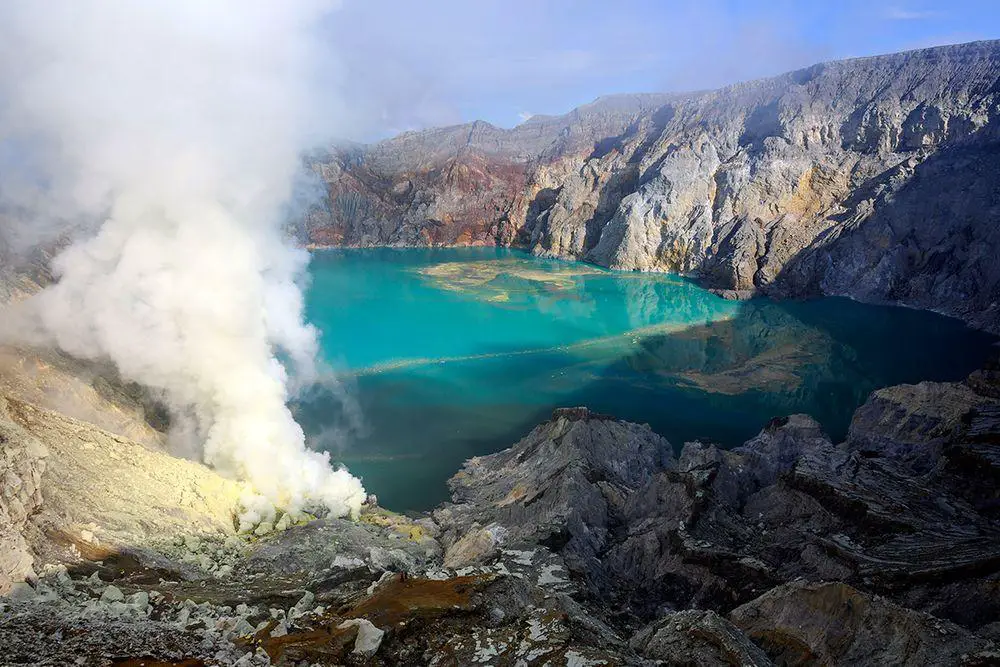
Lakes and streams
There are many factors that can make lakes, sea bays, or rivers unusual. Some lakes have unusual chemical properties and even do not contain water at all – such as lava lakes. Others may have unusual animals living in them or… legends about such animals.
 Recommended books
Recommended books
Antarctic Lakes
The Antarctic continent carries the greatest diversity of lake environments on the planet: freshwater and saline lakes, tidal freshwater epishelf lakes, lakes on ice shelves and glacier surfaces, and over three hundred subglacial lakes; extraordinary ecosystems that have been separated from the atmosphere for up to millions of years. This book provides a unique and cutting-edge synthesis of Antarctic limnology, drawing together current knowledge on geomorphology, morphometry, chemistry, community structure, and function.
Polar Lakes and Rivers
This is the first book to describe the ecology of high latitude lakes, rivers, and glacial environments in both the North and South polar regions. From the lake-rich floodplains of the Arctic to the deep, enigmatic waters of Lake Vostok, Antarctica, these regions contain some of the most extraordinary aquatic ecosystems on Earth.

